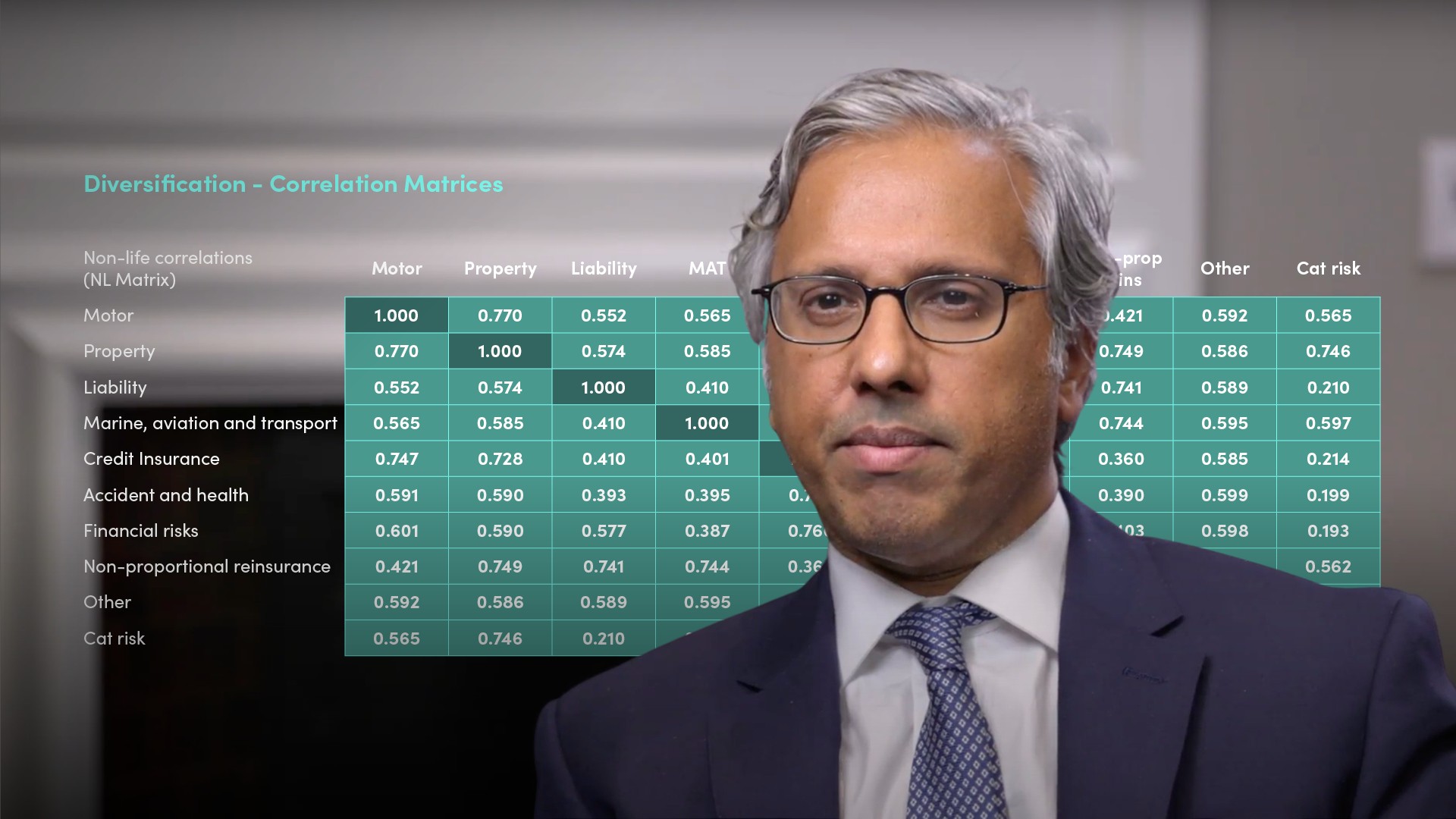
Insurance Credit Rating Factors Introduction

Gurdip Dhami
25 years: Treasury & ratings
What are the main credit factors used by credit ratings agencies? And where do ratios factor into it? Join Gurdip Dhami as he explores capital adequacy, leverage and earning coverage ratios in depth.
What are the main credit factors used by credit ratings agencies? And where do ratios factor into it? Join Gurdip Dhami as he explores capital adequacy, leverage and earning coverage ratios in depth.
Subscribe to watch
Access this and all of the content on our platform by signing up for a 7-day free trial.

Insurance Credit Rating Factors Introduction
8 mins 37 secs
Key learning objectives:
Understand how credit rating agencies assess capital adequacy
Outline how credit rating agencies use leverage
Assess how earnings coverage ratios are used by credit rating agencies
Overview:
Capital adequacy, leverage and earning coverage ratios are all important credit factors. For capital adequacy, the agencies assess the level of capital of an insurance company (current and projected) compared with its capital requirement. The capital requirement depends on the risk profile of the insurance company. For leverage, all three agencies use a leverage ratio in their analysis which is based on the common form of debt as a percentage of debt and equity. However, each agency will make their own adjustments to the numerator and denominator so that the ratios differ in form. For earning coverage ratios, agencies take the common form of earnings as a multiple of committed payments. Committed payments include interest payments and preferred dividends which the agencies will likely adjust for one-off non recurring gains or losses.
Subscribe to watch
Access this and all of the content on our platform by signing up for a 7-day free trial.
How do credit rating agencies assess capital adequacy?
Capital adequacy is a very important credit factor. The agencies assess the level of capital of an insurance company (current and projected) compared with its capital requirement. The capital requirement depends on the risk profile of the insurance company.
In EMEA, Standard and Poor’s and Fitch both use in-house capital models for their assessment. Moody’s uses a review of regulatory ratios such as Solvency II and a balance sheet ratio, shareholders equity as a percentage of total assets.
When assessing the amount of capital available to the company, all three agencies will make adjustments for the level of intangibles and goodwill on balance sheet, value in force, unfunded pension obligations, the level and type of hybrid capital and other adjustments as set out in their criteria. Generally, the agencies will include the forms of capital which in their view are able to absorb losses in a stress situation.
How do credit rating agencies use leverage?
All three agencies use a leverage ratio in their analysis which is based on the common form of debt as a percentage of debt and equity. However, each agency will make their own adjustments to the numerator and denominator so that the ratios differ in form.
The adjustments they may make include the following items:
- The debt portion of hybrid capital is included in the total amount of debt in the numerator and the denominator will include total hybrids
- If an agency believes that the debt obligations that are currently not on the balance sheet need to be supported then it will include that in the total debt figure
- Unfunded pension deficits and lease payments may be included in debt
- Loss absorbing surpluses may be added to the denominator in whole or partially
- Goodwill may be deducted from equity depending on the view of the agency on its quality
- The minority interest may adjust both numerator and denominator depending on its nature
Once the leverage ratio has been calculated, the methodologies set out how they are to be scored. The agencies also calculate broader types of leverage ratios for their credit analysis.
How are earnings coverage ratios used by credit rating agencies?
For all three agencies, the earnings coverage ratio (or fixed charge coverage) takes the common form of earnings as a multiple of committed payments. Committed payments include interest payments and preferred dividends. The agencies will likely adjust for one-off non recurring gains or losses. Also, they reduce earnings for their view of impairments to goodwill.
You can see how the earnings coverage ratios are used in their rating methodologies.
If the Moody’s calculated ratio lies between 8x and 4x, then this maps to a score of single A and goes into the scorecard.
If the Fitch Ratings coverage calculation is between 9.4 and 5x then this maps to a single A score.
For S&P, the coverage ratio adjusts the score of the financial structure factor. The impact of the S&P calculated coverage ratio is negative if the ratio is expected to be less than 4x which could lead to a rating impact of one or more notches.
Subscribe to watch
Access this and all of the content on our platform by signing up for a 7-day free trial.

Gurdip Dhami
There are no available Videos from "Gurdip Dhami"



























